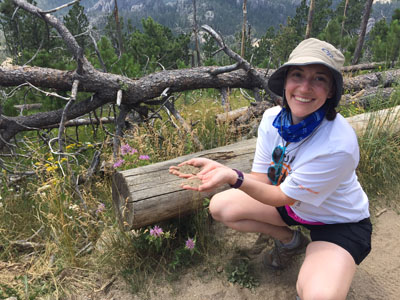Soil Science Society of America
5585 Guilford Road • Madison, WI 53711-5801 • 608-273-8080 • Fax 608-273-2021
www.soils.org
Twitter | Facebook
NEWS RELEASE
Contact: Hanna Jeske, Associate Director of Marketing and Brand Strategy, 608-268-3972, hjeske@sciencesocieties.org
Why are soils different in different states?
July 16, 2018 – If your summer has included travel, you may have noticed a difference in the soil beneath your feet. The Soil Science Society of America (SSSA) July 15 Soils Matter blog explains why different areas have such different soil.
 “The color and texture of a soil (and many other properties that relate to soil’s ability to produce food) are intertwined with that specific location,” says blogger Andrea Basche, USDA-NIFA. There are five local elements that influence a soil: climate, organisms, relief, parent material, and time.
“The color and texture of a soil (and many other properties that relate to soil’s ability to produce food) are intertwined with that specific location,” says blogger Andrea Basche, USDA-NIFA. There are five local elements that influence a soil: climate, organisms, relief, parent material, and time.
“All these factors taken together are why I like to describe soil as the living crust of the earth,” Basche says.
Basche notes that soil can even change dramatically within a state. “Western Washington has frequent rains; eastern Washington has much less rainfall. Western Washington has a quite varied relief, with mountains and even a volcano. Eastern Washington is much more flat. So it’s no wonder that the soils in those regions are different as well.”
To read the entire blog post, visit https://wp.me/p3Rg6r-p7.
Follow SSSA on Facebook at https://www.facebook.com/SSSA.soils, Twitter at SSSA_Soils. SSSA has soils information on www.soils.org/discover-soils, for teachers at www.soils4teachers.org, and for students through 12th grade, www.soils4kids.org.